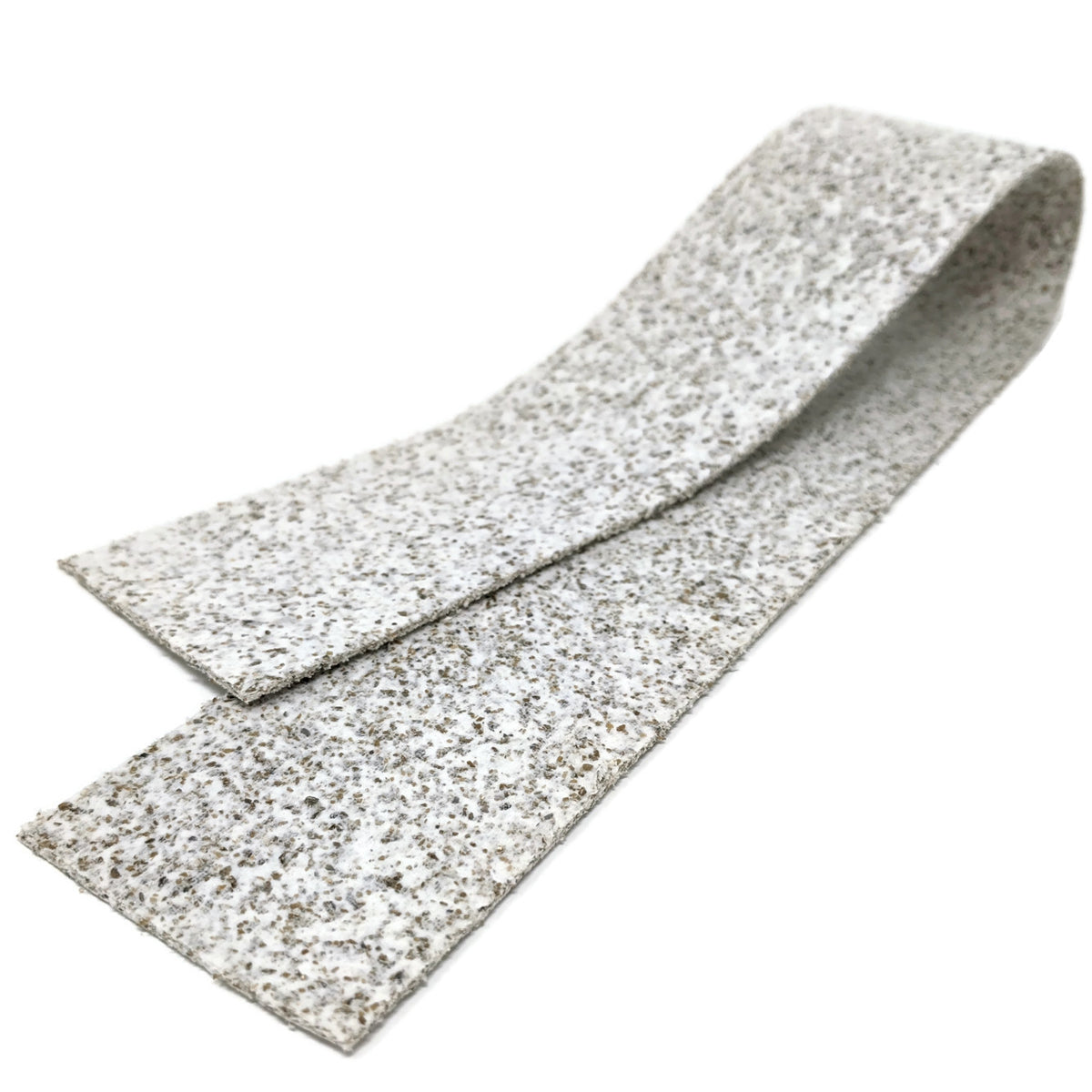This is from the manual on page 26:
If the combustor is in good condition and clean, re-install it. Be sure first to carefully wrap a new Interam gasket (an extra was provided with your stove) around its perimeter before replacement. Insert the gasketed combustor gently back into position, and replace the refractory package.
I don't know the length needed, but these folks can help.

 midwesthearth.com
midwesthearth.com
If the combustor is in good condition and clean, re-install it. Be sure first to carefully wrap a new Interam gasket (an extra was provided with your stove) around its perimeter before replacement. Insert the gasketed combustor gently back into position, and replace the refractory package.
I don't know the length needed, but these folks can help.

Interam Gasket for Catalytic Combustors (2
Gasket is 2" wide x 1/16" thick. Order the correct length for your needs. Add the lengths of your catalyst's four sides to determine length needed You may secure gasket around combustor using masking tape Expanding gasket provides a tight seal around catalyst Expands to approximately twice its...

